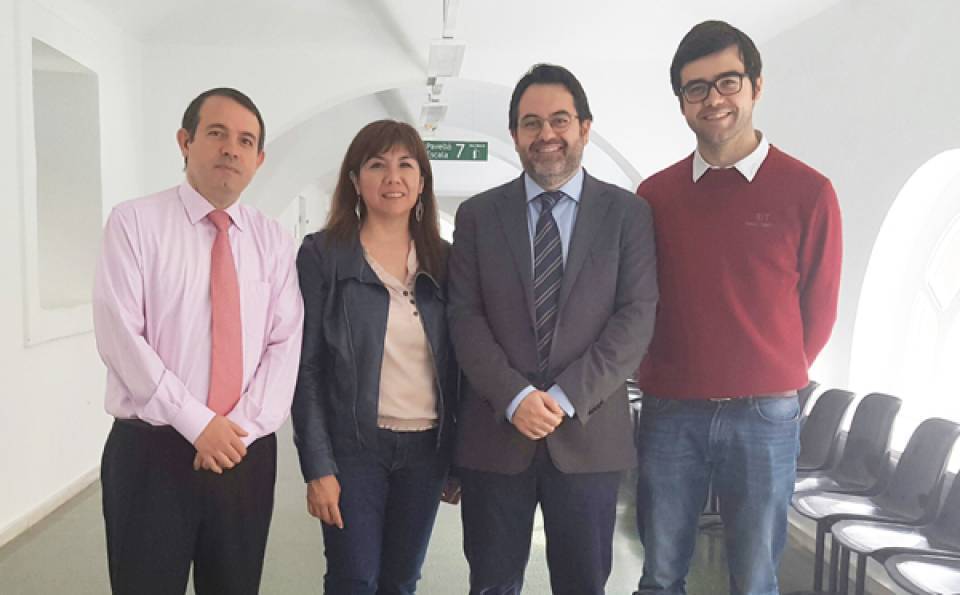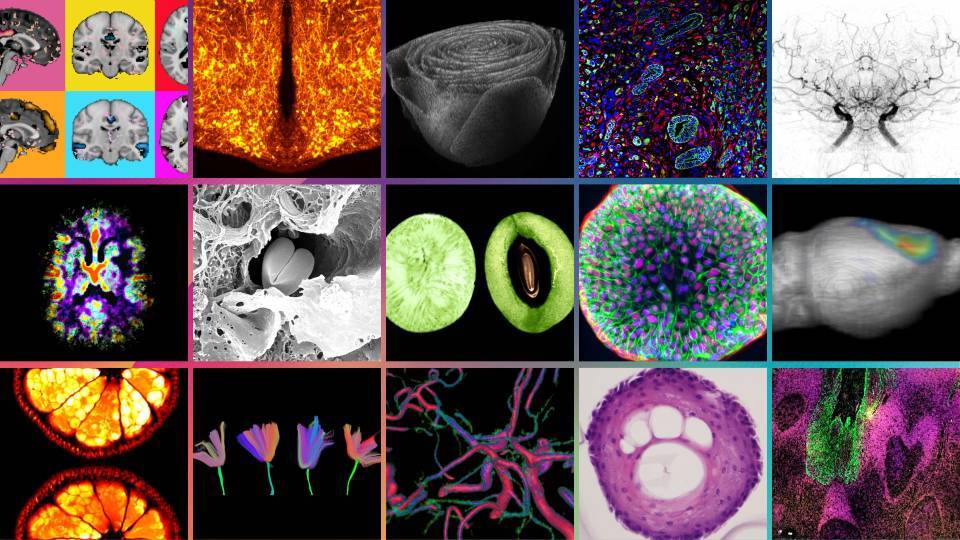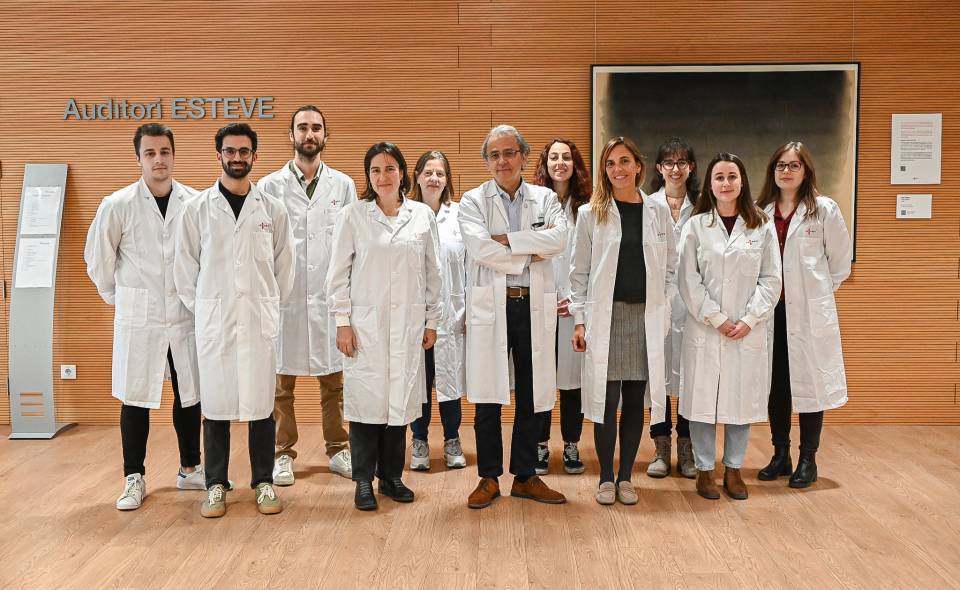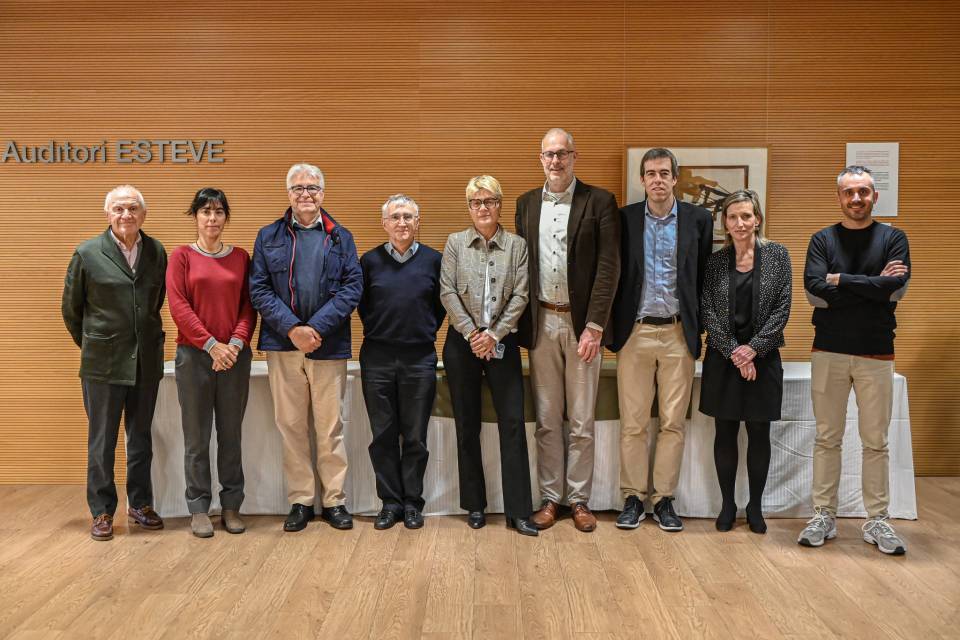Chronic widespread pain is a global health problem affecting between 4% and 13% of the population and it is more common among women. The main objective of the study was to determine the prevalence of chronic widespread pain in the city of Barcelona and compare the quality of life, the presence of cardiovascular risk factors and comorbidities (presence of two or more diseases), complexity and expense health compared to the general population.
Researchers designed a study that was carried out in 3 primary healthcare centres (CAP) from the CAPSBE in Barcelona (CAP Les Corts, CAP and CAP Casanova Borrell). A screening was performed in more than 3,000 patients who answered to questionnaires on quality of life, pain, fatigue, anxiety, depression, among others. There were also determined the Charlson index, the estimation of cardiovascular risk, hospitalization and mortality rates and complexity and severity of the diseases through the Clinical Risk Groups (CRG).
The study results show that the prevalence of chronic widespread pain is around 5.5% of the population, being the 92% of the cases women with an important affectation on all the studied fields. They are also patients with a greater presence of cardiovascular disease that have higher hospitalization and mortality rates than the rest of the people. "It must be said that health spending for this group of patients is almost three times higher than the spend of the general population, when compared to people of the same age and sex," says Dr. Antoni Sisó. "These results have implications in terms of management of patients to primary healthcare centres and considerations in terms of health spending," he adds.
This study has been possible thanks to the aid Josep Font grant from Hospital Clínic, the project 071.810 of the TV3 Telethon, and the End of Residency Scholarship from CAPSBE.
Article reference:
Morales-Espinoza EM, Kostov B, Salami DC, Perez ZH, Rosalen AP, Molina JO, Paz LG, Momblona JM, Àreu JB, Brito-Zerón P, Ramos-Casals M, Sisó-Almirall A.
Pain. 2016 Apr;157(4):818-26. doi: 10.1097/j.pain.0000000000000440.




